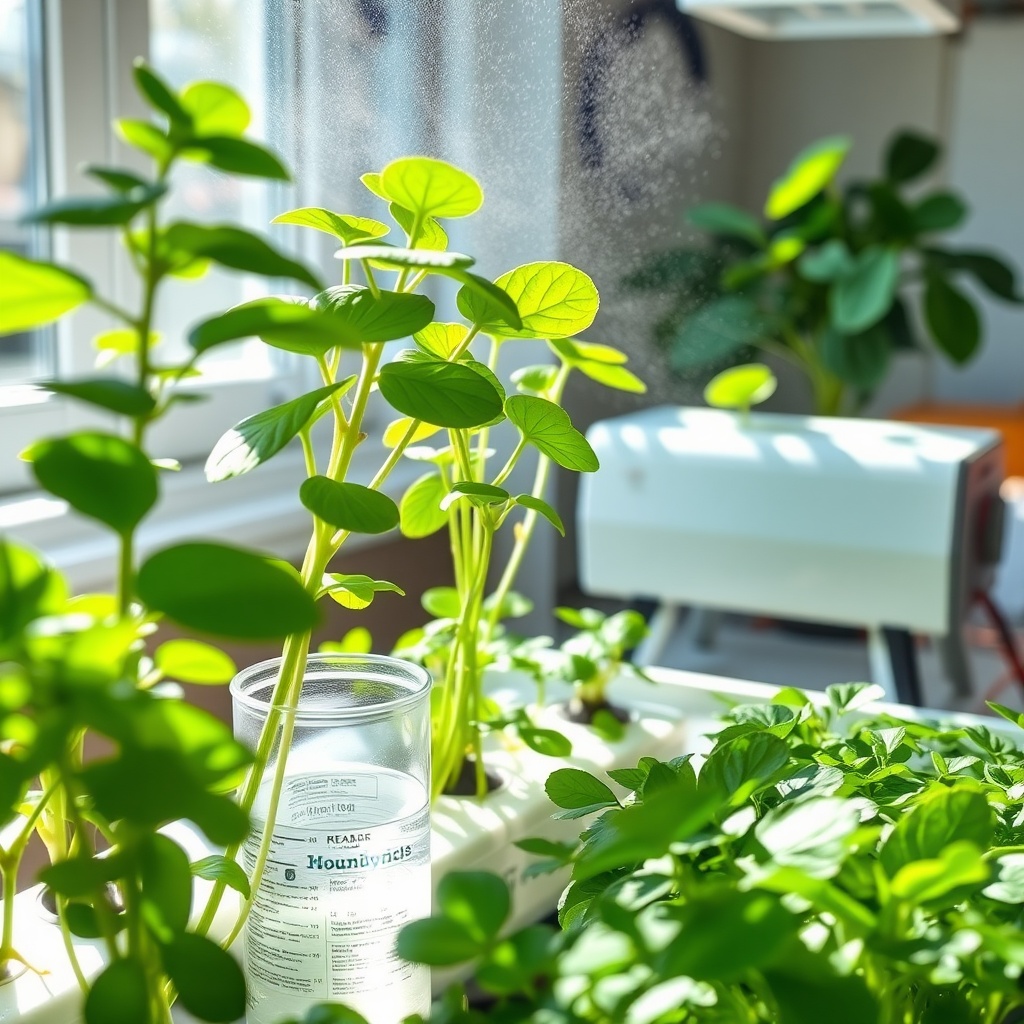Understanding the Importance of pH in Hydroponics
Maintaining the right pH level is crucial for the success of a hydroponic garden. Plants in hydroponic systems depend on nutrient solutions that can be easily absorbed when the pH is within an optimal range, typically between 5.5 and 6.5. If the pH drifts outside this range, it can lead to nutrient lockout, where plants are unable to absorb essential nutrients. This article aims to provide solutions for DIY pH control systems that can help you maintain the ideal pH level, ensuring your plants thrive.
Building Your Own pH Control System
A DIY pH control system can be both cost-effective and efficient, allowing you to monitor and adjust pH levels as needed. Here’s a simple approach to creating your own system:
Materials Needed: pH meter, calibration solutions, pH up and down solutions, a water reservoir, and a small pump.
- Start by measuring the current pH level of your nutrient solution using the pH meter.
- Calibrate the pH meter as per the manufacturer’s instructions to ensure accurate readings.
- If your pH is too low (acidic), add pH up solution gradually, mixing well.
- If your pH is too high (alkaline), add pH down solution in small amounts.
- Recheck the pH level after each adjustment until you reach the desired range.
Comparative Analysis of DIY pH Control Methods
While there are many commercial pH control systems available, a DIY approach can be tailored to fit your specific needs and budget. Below is a comparison of various methods:
| Method | Cost | Complexity | Effectiveness |
|---|---|---|---|
| DIY Manual System | Low | Medium | Good |
| Commercial Automated System | High | Low | Excellent |
| Basic pH Test Kit | Very Low | Easy | Fair |
Creating your own pH control system not only saves you money but also enhances your understanding of the hydroponic process. A well-maintained pH level can lead to healthier plants and a more productive garden.




